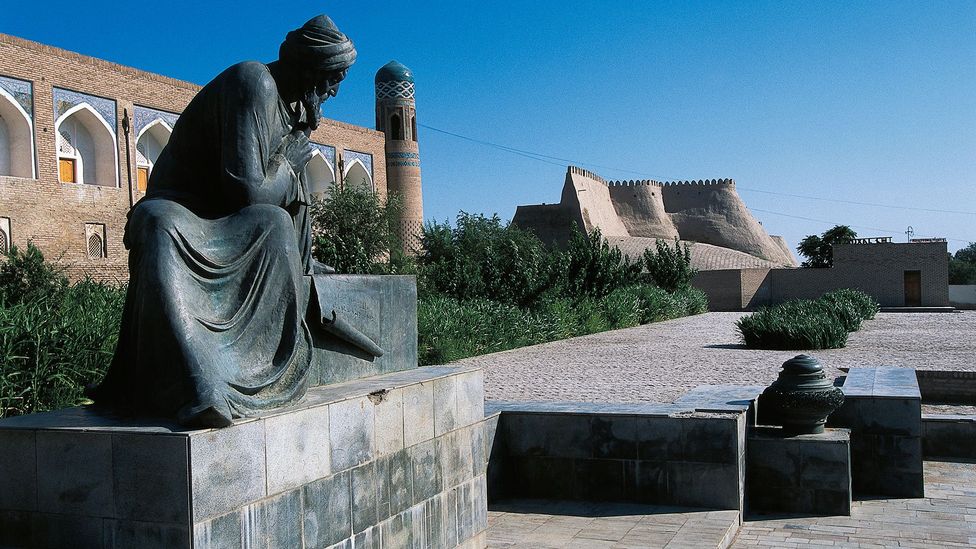Forget the hadiths.
Historians have written off hadiths as it cannot be verified as authentic,
But Muslims still clings on to it.
Based on history. Read this BBC article. These are based on facts. Christians and Jews were free to travel into Muslim land. No forced conversion. Until Baghdad was eventually destroyed by mongols.
MATHEMATICS
How modern mathematics emerged from a lost Islamic library
Share using Email
Share on Twitter
Share on FacebookShare on Linkedin
(Image credit: DeAgostini/Getty Images)
By Adrienne Bernhard7th December 2020
Centuries ago, a prestigious Islamic library brought Arabic numerals to the world. Though the library long since disappeared, its mathematical revolution changed our world.
Article continues below
ADVERTISEMENT
T
The House of Wisdom sounds a bit like make believe: no trace remains of this ancient library, destroyed in the 13th Century, so we cannot be sure exactly where it was located or what it looked like.
But this prestigious academy was in fact a major intellectual powerhouse in Baghdad during the Islamic Golden Age, and the birthplace of mathematical concepts as transformative as the common zero and our modern-day “Arabic” numerals.
Founded as a private collection for caliph Harun Al-Rashid in the late 8th Century then converted to a public academy some 30 years later, the House of Wisdom appears to have pulled scientists from all over the world towards Baghdad, drawn as they were by the city’s vibrant intellectual curiosity and freedom of expression (Muslim, Jewish and Christian scholars were all allowed to study there).
An archive as formidable in size as the present-day British Library in London or the Bibliothèque Nationale of Paris, the House of Wisdom eventually became an unrivalled centre for the study of humanities and sciences, including mathematics, astronomy, medicine, chemistry, geography, philosophy, literature and the arts – as well as some more dubious subjects such as alchemy and astrology.
You might also like:
To conjure this great monument thus requires a leap of imagination (think the
Citadel in Westeros, or the library at Hogwarts), but one thing is certain: the academy ushered in a cultural Renaissance that would entirely alter the course of mathematics.
The House of Wisdom was destroyed in the Mongol Siege of Baghdad in 1258 (according to legend, so many manuscripts were tossed into the River Tigris that its waters turned black from ink), but the discoveries made there introduced a powerful, abstract mathematical language that would later be adopted by the Islamic empire, Europe, and ultimately, the entire world.
*****
“What should matter to us is not the precise details of where or when the House of Wisdom was created,” says Jim Al-Khalili, a professor of physics at the University of Surrey. “Far more interesting is the history of the scientific ideas themselves, and how they developed as a result of it.”
Tracing the House of Wisdom’s mathematical legacy involves a bit of time travel back to the future, as it were. For hundreds of years until the ebb of the Italian Renaissance, one name was synonymous with mathematics in Europe: Leonardo da Pisa, known posthumously as Fibonacci. Born in Pisa in 1170, the Italian mathematician received his primary instruction in Bugia, a trading enclave located on the Barbary coast of Africa (coastal North Africa). In his early 20s, Fibonacci traveled to the Middle East, captivated by ideas that had come west from India through Persia. When he returned to Italy, Fibonacci published
Liber Abbaci, one of the first Western works to describe the Hindu-Arabic numeric system



 As i had mentioned before, any doubts can double check with the scriptures.
As i had mentioned before, any doubts can double check with the scriptures.




